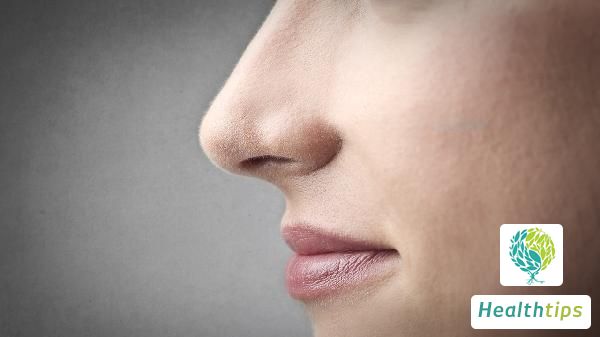How Can Seniors Prevent and Control the Growth of "Age Spots"?
Six years ago, Grandma Wu in Hangzhou developed chloasma on her cheeks. She didn't take it seriously, thinking that age spots at this age were normal. However, recently, Grandma Wu noticed that the age spots on her face began to change. They grew larger, protruded outwards, and exuded fluid when gently touched. During hot weather recently, family members noticed something unusual on the old lady's face and took her to the hospital, where they were shocked to learn of a malignant transformation of the age spots. Dr. Duan Qingyun, deputy chief physician of stomatology at Hangzhou First People's Hospital, arranged surgical treatment for Wu Abao, removing the diseased facial tissues on both sides. Pathological examination confirmed the lesion to be "squamous cell carcinoma."

Senile Plaques: Understanding and Prevention
Senile plaques, also known medically as seborrheic keratosis, are lipofuscin pigmented patches that appear on the skin of the elderly. The possibility of malignancy in senile plaques is very small, and generally, no treatment is required. However, prompt medical attention should be sought if the following changes occur: ① Senile plaques thicken rapidly, protrude from the skin, have a rough surface, and uneven edges; ② Sudden darkening of pigmentation accompanied by itching and pain; ③ Rough, keratinized surface with small bleeding points or ulcers after peeling; ④ Expansion and redness of surrounding capillaries and basal dilation. These situations may indicate malignant transformation and require timely treatment.
While senile plaques can be annoying, they are often a result of declining blood circulation and metabolism, as well as the gradual degeneration and aging of cellular tissues, which commonly occur after middle age. To prevent senile plaques, consider the following methods to delay or reduce their formation:
- Diversify the diet of the elderly, balancing meat and vegetables, and ideally maintaining a 1:2 ratio of animal to plant fat intake.
- Avoid prolonged sun exposure in summer to prevent UV rays from accelerating skin aging.
- Regularly massage the face, back of the hands, and upper arm skin to improve local blood circulation and prevent or delay the formation of senile plaques.
- Strengthen nutrition by consuming vitamins A, C, cysteine, and methionine. Eating onions, eggplants, cauliflower, sweet potatoes, taro, cabbage, spinach, lentils, radishes, wild jujubes, hawthorns, papayas, kiwis, apples, and other vegetables and fruits rich in sulfur and essential vitamins A, B, C, and D, as well as vitamin B1, B2, protein, and calcium, can help remove impurities from the body, leaving the skin clean, smooth, wrinkle-free, spotless, and youthful.
- Take 50-100 mg of oral vitamin E daily for half a year to a year, which can gradually fade most spots and eliminate a few.
- Ensure adequate sleep, as lack of sleep is detrimental to beauty and a good night's rest rejuvenates the spirit.
- Keep the face clean before bed and develop the habit of brushing teeth before sleep.
- Maintain a continuous intake of copper, zinc, and manganese, found in seafood, milk, eggs, animal viscera, meat, yeast, wheat, millet, soybeans, sesame seeds, tea, and other foods.



















